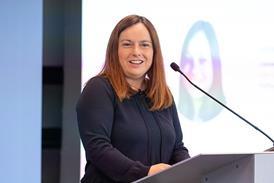A service from DG Publishing
How easily could fiduciary management be set up for defined contribution?
Now that fiduciary management is a well-established part of the defined benefit pensions market. Could it be expanded into defined contribution? Or are the demands of daily dealing too much? Six experts discuss.
Register now for FREE to read this article
If you are already a registered you can SIGN IN now
Register today for free!
It’s quick and easy, and as a registered user you’ll have full access to all Pension Expert articles. You will also be able to recieve editorial emails.
- Full access to all news, analysis and expert comment
- The latest industry insights delivered to your inbox on a Tuesday and Thursday morning
- The Friday Takeaway newsletter reviewing the major events of the week
- Bookmark your favourite articles for easy review
- Hear about and register to attend Pensions Expert and DG Publishing events






